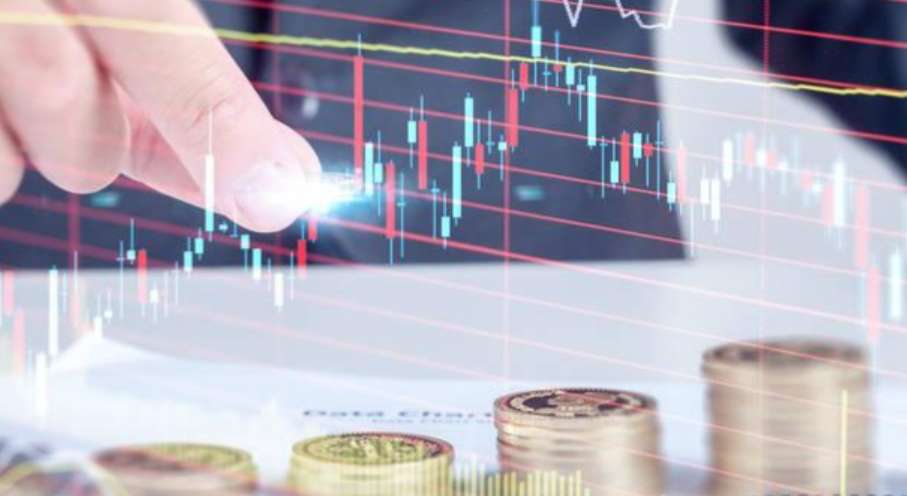Saudi ETF Soars on Consecutive Limit Ups since Launch
Advertisements
In the world of financial markets, volatility is a constant companion, but recently, two exchange-traded funds (ETFs) from Saudi Arabia have captured the attention of investors in an unmistakable way. Over two consecutive trading days, these Saudi ETFs have hit their daily price limits, prompting fascination and concern alike. The surge in interest comes as the two ETFs, namely the Huatai-Pb South East Asia Saudi ETF and the Southern Fund South East Asia Saudi ETF, both jumped more than 20% from their initial trading days until July 17. Investors have encountered significantly high premiums in the market, which led to the fund management companies issuing risk warnings regarding these products.
Approved on June 14 and established shortly thereafter on July 5, these two ETFs represent a unique opportunity for investors eager to tap into the Saudi capital market. They are distinctively categorized as Qualified Domestic Institutional Investor (QDII) ETFs, complemented by a T+0 trading mechanism that allows for instant buying and selling of shares. Market analysts have noted that the overwhelming demand for these products reflects a strong speculative sentiment among investors, yet the persistence of high premiums indicates that the expected arbitrage mechanisms have yet to come into play.
A Speculative Frenzy
The remarkable price action surrounding these ETFs shows that in just two trading sessions, they were repeatedly subject to intense speculation. As per data released by Wind, by the close of the market on July 17, both ETFs were exhibiting a premium rate exceeding 15%. Moreover, the trading volume exceeded 3.5 billion yuan within those two days. The turnover rates for these ETFs were also extraordinarily high - on July 16, the turnover rates for Huatai-Pb's and Southern Fund's Saudi ETFs were an astonishing 307% and 427%, respectively. Even on July 17, these rates had not significantly dipped, at 200% and 92% respectively.

If one looks exclusively at the turnover rates, it becomes evident that a vast pool of investors was continuously buying and selling these two ETFs throughout the trading sessions. According to the fund's contracts, the two South East Asia Saudi Arabian ETFs utilize a cross-holding investment strategy, where the ETF largely invests in another ETF managed by a different fund company. This cross-linking particularly involves investments in the South East Asia Saudi Arabian ETF, which has been actively traded on the Hong Kong Stock Exchange since November 29 of the previous year, tracking the FTSE Saudi Arabia Index.
Interestingly, despite the Saudi All Share Index (TASI) exhibiting continuous upward movement since July 4, only a slight increase of 1.11% was observed by market close on July 16. Furthermore, on July 17, the maximum intraday gain for TASI did not surpass 1%. This disparity showcases that the dramatic price increases in the two Saudi ETFs do not correspond significantly with the movements within the Saudi stock market. As evident, the gains in market trading have diverged dramatically from the actual net asset values, illuminating a clear trend of speculative trading behaviors. Both Huatai-Pb and Southern Fund have made a point to alert investors regarding these potential risks through formal notices.
On July 16, Huatai-Pb released an announcement highlighting that the secondary market trading prices for their Saudi ETF significantly exceeded the referenced net asset values, signalling substantial premium levels. They urged investors to remain mindful of the risks associated with this premium pricing, warning that reckless investment decisions could lead to considerable losses. The following day, another alert from Huatai-Pb reinforced this concern, reiterating the need for investor awareness of secondary market premium risks. Similarly, Southern Fund echoed this caution in regard to their ETF.
The QDII Structure and Implications
The heightened premiums seen in the Saudi ETFs are part of a broader trend observed across several other investment vehicles. Notably, the Nasdaq Tech ETF experiences a premium rate exceeding 13%, and several other QDII ETFs that target U.S. stocks, such as those related to the Dow Jones and S&P 500 indices, also see premiums above 5%. This rising phenomenon of elevated premiums is prompting frequent risk advisories from managing companies.
In parallel to the ETF dynamics, various Closed-End Funds (LOFs) have begun exhibiting similarly high premiums. For instance, an overseas technology LOF surged more than 7% during trades on July 17, showing a premium rate that crossed 11%. Notably, the fund manager, Huabao Fund, had previously issued its own premium risk advisory on July 16.
An insider from the fund management sector analyzed that the high influx of money toward these QDII ETFs reflects a prevailing investor sentiment but cautioned that they are subject to restrictions related to foreign exchange quotas. This reality accounts for the ongoing high premiums, especially given that the anticipated arbitrage mechanisms are yet to effectively mobilize in this scenario.
Moreover, the insider also emphasized the importance of recognizing the inherent risks associated with high premiums, urging investors to exercise caution and avoid impulsive investment strategies based on prevailing market trends.
Leave a Reply